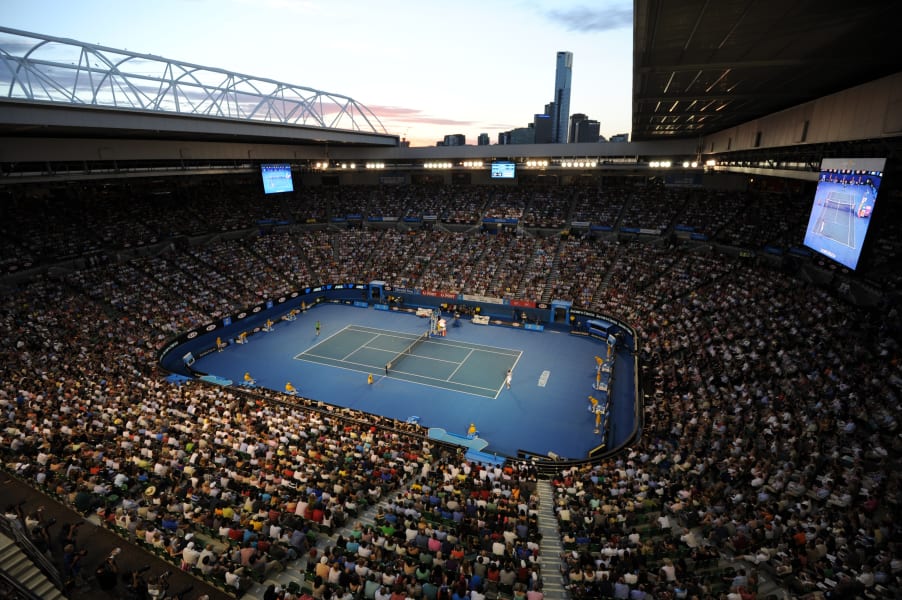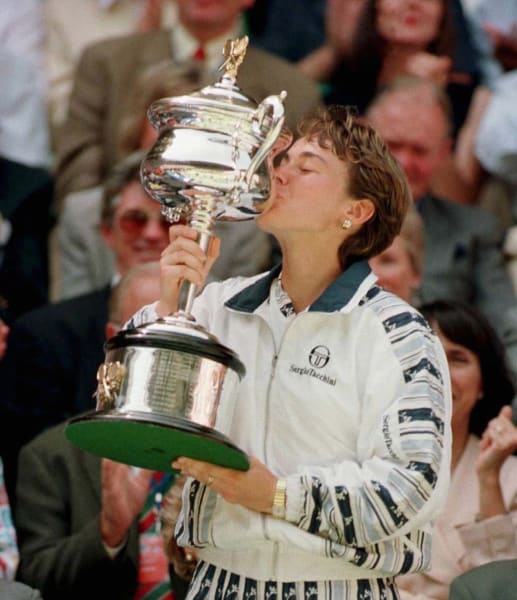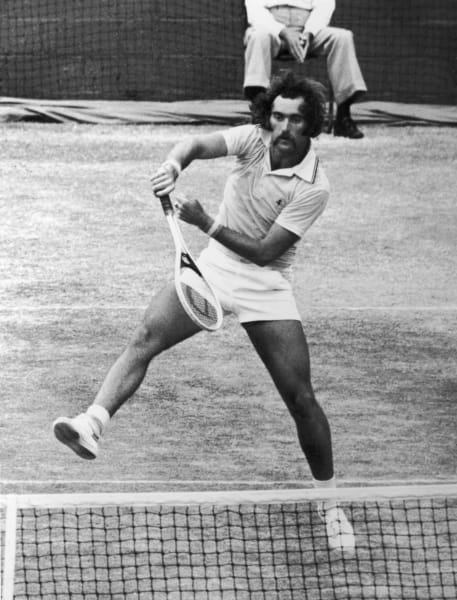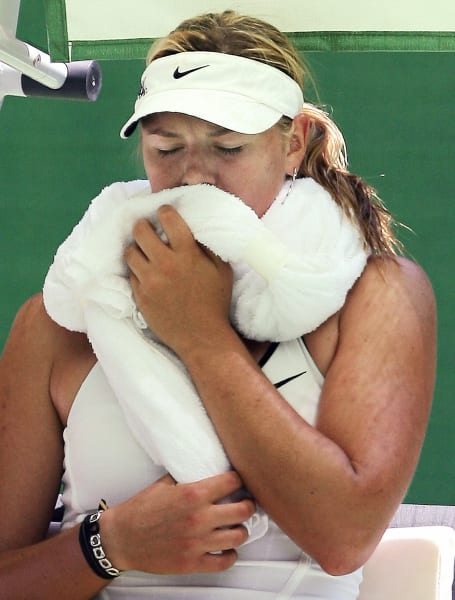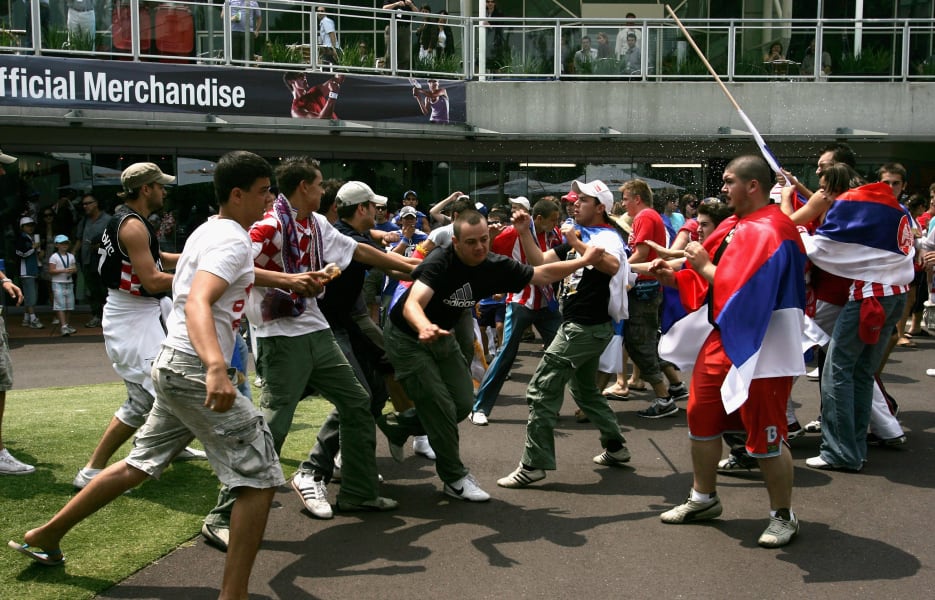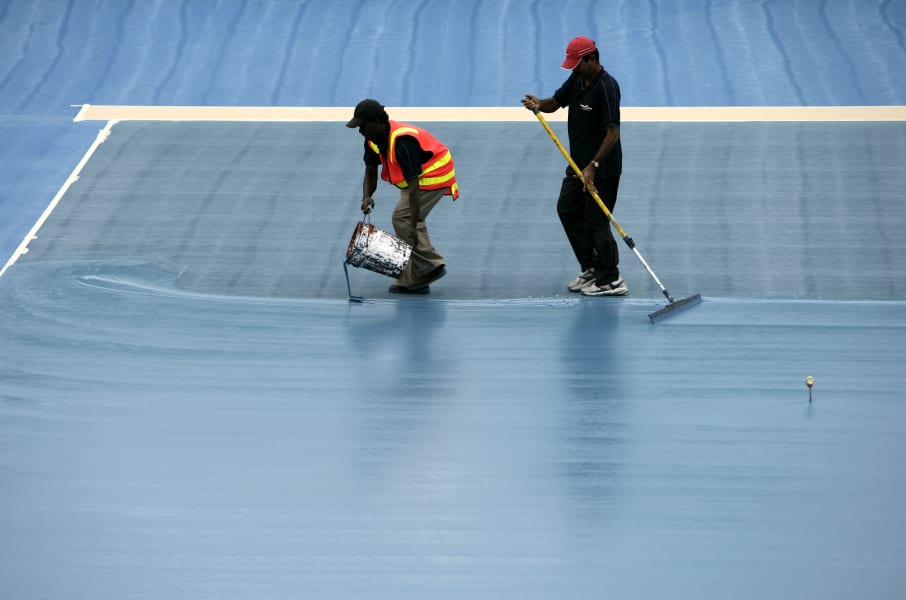Share
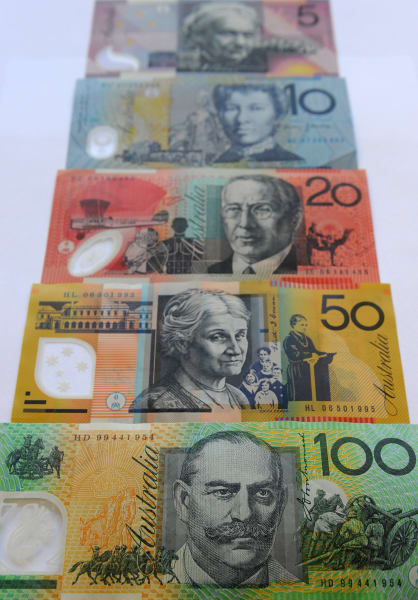

1 of 9
When it comes to prize money, the Australian Open leads the way, with the 2012 tournament the richest in grand slam history. The prize fund is a whopping $23.9 million, with the winners of each singles event collecting a cool $2.2 million while the losing finalists can console themselves with a $1 million check. AFP/Getty Images
The Melbourne sun can often soar to uncomfortable levels, with the 2007 tournament proving to be particularly hot. Maria Sharapova was among those to suffer in the conditions despite the Extreme Heat Policy that was introduced in 1998. This comes into play when temperatures hit 35 degrees Celcius, and can result in matches being suspended until the weather cools down. Getty Images
In recent years, the sport's genteel reputation has taken a bit of a battering, with Melbourne's Serb and Croat communities often coming to blows while supporting their favorite players. This rivalry appears to have intensified as top players like men's world number one Novak Djokovic have become more successful. Getty Images
Although the singles winners' trophies are instantly recognizable, their titles are not as widely known. The men battle it out for the the Norman Brookes Challenge Cup, while the top woman will collect the Daphne Akhurst Memorial Trophy -- both famous names from the tournament's illustrious history. Getty Images
The Australian Open has had many different homes since the first tournament in 1905. Five cities have played host, with two events also played in New Zealand. Melbourne's Kooyong Lawn Tennis Club became the permanent site in 1972, before the current venue at Melbourne Park was built specifically for the tournament in 1988. Getty Images
The green hard-court playing surface was abandoned in 2008 and replaced with a blue alternative that has higher bounce and more cushioning, and is supposed to retain less heat. Getty Images
Soaring crowds meant the tournament needed a bigger home, which resulted in the construction of Melbourne Park. The Australian Open consistently has the highest attendances of all four majors, with the 2010 event achieving a record single-day crowd of 77,043 and an overall figure of 653,860. AFP/Getty Images
History was made in Melbourne in 1997 when Switzerland's Martina Hingis lifted the women's singles title with a 6-2 6-2 final success over Mary Pierce of France. Aged just 16 years and three months, Hingis became the youngest grand slam singles winner -- a record she continues to hold -- and she followed that success with victories in 1998 and 1999. Getty Images
Australia has not enjoyed a home success in the men's singles since Mark Edmondson triumphed in 1976. Opponent John Newcombe was expected to retain his title from the previous year, but Edmondson produced a stunning display to win in four sets. It was the 21-year-old's first career title and, at 212th, he is the lowest-ranked grand slam winner in history. Getty Images
